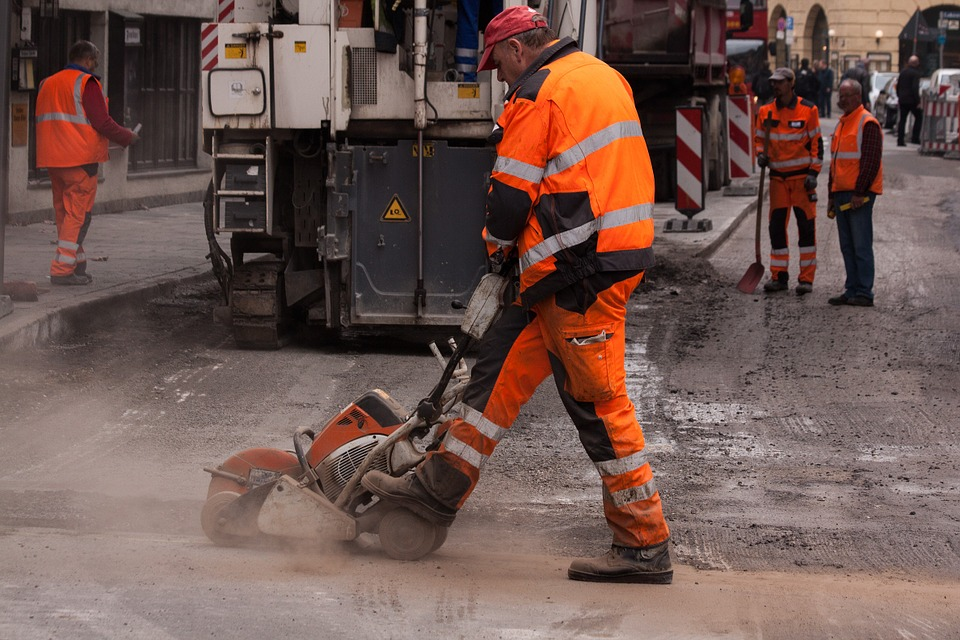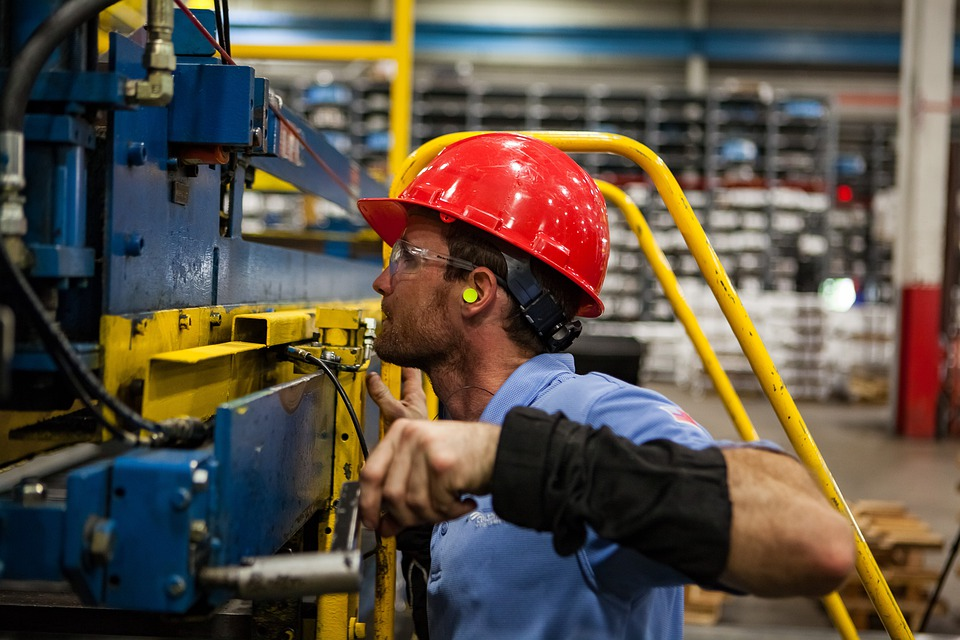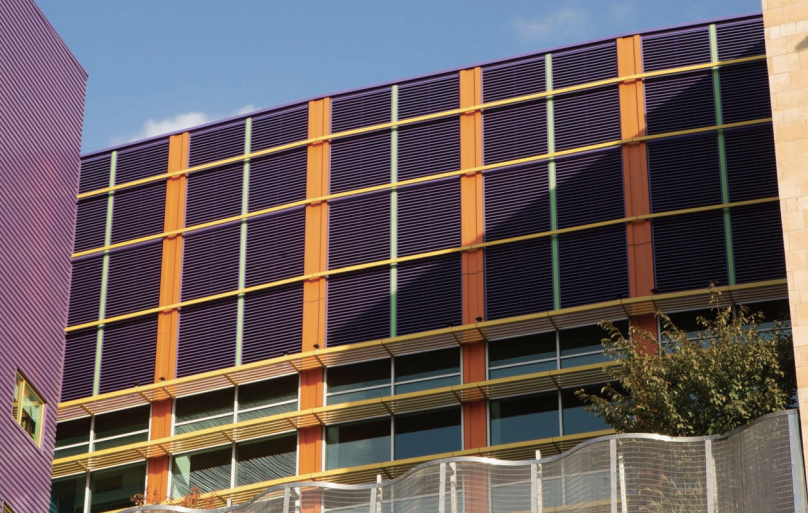Sound is an integral part of our everyday lives, but when it turns into noise, it can cause adverse effects on our mental and physical health.
The trouble is that not many people recognize the causes and effects of noise pollution in the workplace as a serious health concern. A study revealed that nearly 30 million people in the United States are exposed to hazardous sound levels at their workplace every day.
Industrial and other types of noise pollution have caused 48 million Americans to lose their hearing abilities. But that’s only the tip of the iceberg; prolonged exposure to excessive noise also causes stress, productivity losses, fatigue, communication issues, and other more severe problems such as tinnitus and cardiovascular diseases.
What Exactly is Industrial Noise Pollution?
Any noise that interferes with the lives of people and animals and has the potential to harm them can be defined as noise pollution.
The trouble is that noise is everywhere around us, and no one considers it to be pollution because we’ve learned to live with it. It can’t be tasted, seen or smelled, so we ignore it; that is, until the effects of industrial noise pollution start wreaking havoc with our health.
Industrial noise pollution is caused by plants and factories – it can have an impact on the people working within as well as those living around these industrial buildings. Depending upon the frequency, amplitude, and range of the industrial noise, it may merely annoy those within earshot, and it may also interfere with speech and hearing, causing irreversible hearing damage in many cases.
Workers in the shipping and steelwork industries are exposed to the highest levels of occupational pollution because they work close to heavy industrial blowers that produce sounds of up to 112 dBA or higher.
For comparison, consider that the National Institute for Occupational Safety and Health (NIOSH) recommends keeping industrial sounds below 85 dBA to minimize the chance of hearing loss caused by occupational noise.
According to research from the CDC, even a one-time exposure to sounds that are higher than 120 dBA can cause instant damage to hearing.
Causes of Industrial Noise Pollution

The three most damaging sources of noise pollution in an industrial setting are machinery, construction, and vehicles.
People who work with drills, punch presses, saws, mills, lathes, and progressive dies must wear protective equipment to avoid the adverse effects of noise pollution. Also, the mechanical pneumatic drills, saws, and rotating belts, etc. can create intolerably high levels of sound that can irritate the public and adversely affect the employees of engineering companies, textile mills, and metalworking factories.
Similarly, construction workers, blasting, bulldozing, quarrying, and various other similar activities can create a high intensity of noise pollution. Workers involved in these activities should wear earplugs to help them avoid deafening exposure to these causes of noise pollution.
Negative Effects of Noise Pollution
Intense and unpleasant noise can lead to psychological trauma, resulting in neurological problems and nervous disorders.
A 2004 study that investigated sawmills, printing presses, and corn mills for industrial pollution, found that the noise levels in these industries often exceed 85dBA. 23% of the corn mill workers, 20% of the sawmill workers, and 7.9% of the printing industry employees showed symptoms of noise-induced hearing loss. Other workers, who were exposed to hazardous noise showed clear signs of hearing impairment and other related issues.
Other effects of industrial noise pollution include:
- High blood pressure
- Stress & anxiety
- Fatigue
- Anger issues
- Communication difficulties
- Headaches
- Sleep disturbance
- Productivity loss
Preventative Measures for Reducing Noise Pollution in Buildings

Designing the building to lower noise emissions can be time-consuming, but it is one of the most effective ways of dealing with the issue. Use noise-absorbent materials when constructing the walls and when considering industrial floor coatings. Create an efficient workflow in the factory to keep as many workers as possible away from the noisy machinery.
Another way to create a healthier work environment, that’s also easy on the ears, is to invest in quiet equipment. Find out creative ways of working more quietly; replacing old machinery with newer models that are also more sound efficient. Implement a low-emission acquisition policy across your organization.
Also, ensure regular maintenance of machinery to reduce deterioration that creates excessive noise and pollutes the industrial workplace.
Figure out the pathways of noise and how it enters your facility; stop it outside by creating acoustic enclosures that can instantly block the path of the industrial sounds. This can minimize the noise for people who don’t have to work in a high-noise zone.
Deploying Acoustical Louvers for Industrial Noise Pollution

The environmental impact of the noise created by industrial processes such as HVAC equipment, cooling towers, ventilation systems, power generators, etc. can also be addressed by installing noise abatement equipment such as acoustic louvers.
Acoustic louver systems are effective, economical, and aesthetically pleasing – designed to reduce sound even in limited space.
This equipment is often a part of the airflow system of buildings and industrial structures of all sizes. They are available in different models and sizes as well as varying depths and blade configurations that affect their pressure loss and noise reduction performance.
The blades of an acoustic louver are made with a high-quality sound absorbent material that helps reduce the noise levels within the building. These are favored by contractors, architects, and designers alike, to ensure a noise-free building, without compromising on the aesthetics of the external façade.
Quality Sound and Environmental Efficiency
At AWV, we have developed a range of acoustic louvers to meet the complex sound abatement needs of mills, factories, and industries.
We bring you highly rated acoustical louvers and ventilation systems that can fulfill both air circulation and noise reduction requirements for your workplace. Our louver line-up offers an array of weather protection abilities, styles, sizes, and blade profiles, which will suit your project.
Check out our range of acoustical louvers right here, or get in touch with us for further advice and guidance about these and other products.






